Tag: traveling forge
 Davis, et. al., Atlas to Accompany the Official Records of the Union and Confederate Armies, plate CLXXIII.
Davis, et. al., Atlas to Accompany the Official Records of the Union and Confederate Armies, plate CLXXIII.
Hazlett, Olmstead and Parks, Field Artillery Weapons of the Civil War says: The forge consisted of a framework of rails and ties on which was mounted a bellows and fireplace. The stock, held by a prop, served as a support for a vise. Behind the bellows was a coal box which had to be removed before the bellows could be place in position. The limber box carried tools for use with the forge, along with horse shoes, nails, harness, etc.
One forge accompanied each field battery, and others were provided as required, equipped for general service with an army. The forge was made as light as possible in order to be mobile and promptly available for use for repairs to carriages and other equipment when the occasion required.
Wikipedia says: A traveling forge, when combined with a limber, comprised wagons specifically designed and constructed as blacksmith shops on wheels to carry the essential equipment necessary for blacksmiths, artisans (called artificers in many armies) and farriers to both shoe horses and repair wagons and artillery equipment for both U.S. and Confederate armies during the American Civil War, as well as by western European armies. The traveling forge was frequently also referred to in The Official Records simply as a forge, and sometimes referred to by Civil War buffs as a battery forge.
An American Civil War-era traveling forge contained 1,200 pounds (540 kg) of tools, coal and supplies. These tools and supplies included a bellows attached to a fireplace, a 4-inch-wide (100 mm) vise, 100-pound (45 kg) anvil, a box containing 250 pounds (110 kg) of coal, 200 pounds (91 kg) of horse shoes, 4-foot-long (1.2 m) bundled bars of iron, and on the limber was a box containing the smith’s hand tools. A battery wagon accompanied each traveling forge carrying additional blacksmith, wheelwright, and carriage repair supplies.
American Civil War-era traveling forge wagons evolved from crude blacksmith carts used during the American Revolutionary War as well as from equipment used in Europe during the 1840s. British traveling forges were documented in An Aide-Memoire to the Military Sciences volume 1 by Royal Engineers, British Service, 1845, Col. G.G. Lewis, senior editor.
British traveling forges likely had canvas covers as indicated by the number and spacing of wood arches above the bellows, and what appears to be cord anchor points on the sides of the bellows house. A canvas cover would have been logical as protection of the bellows from the weather, and in accordance with the standard practice of covering wagons at that time. This canvas cover evolved into the wooden cover of the U.S. version of the traveling forge.
The U.S. mid-19th century traveling forge was standardized for U.S. manufacturers in the drawings created by Captain Albert Mordecai circa 1850 under commission by the federal government. Copies of Captain Mordecai’s drawings are currently published by Antique Ordnance Publishers. The book Field Artillery Traveling Forge book No. 61 published by Antique Ordnance Publishers contains most of the measured drawings and other information necessary to reproduce the traveling forge. Additional crucial information covering measurements, construction and materials used with the traveling forge may be found in the Ordnance Manual of 1863.
The Ordnance Manual of 1863 says that in use, the traveling forge was hooked to the back of a limber that was identical in construction to the limbers used to pull field cannon, except for the internal arrangement of the limber chest. The Ordnance Manual of 1863 details information about the wheels, paint, wood and iron parts used on the traveling forge, as well as the tools stored in the traveling forge’s limber chest and in the battery wagon for use by the blacksmiths and artisans.
During the Civil War, a traveling forge was provided for each cannon battery, and other traveling forges accompanied each army to provide service to equipment and horses. Portable sheet metal Mountain Forges were provided to units with mountain howitzers which were primarily deployed in mountainous areas inaccessible to the No. 1 cannon carriage and wagons.
The Official Records only document official government built traveling forges constructed according to specifications in the Ordnance Manuals and the Mordecai drawings. No evidence exists that either army ever used traveling forges that were not built by government contractors.
Showing all 12 results
-
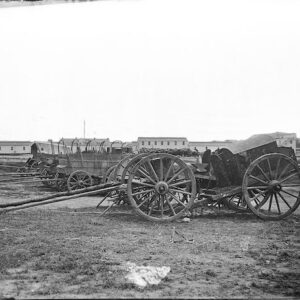
Image ID: AANS
$4.99 – $5.99 This product has multiple variants. The options may be chosen on the product page -
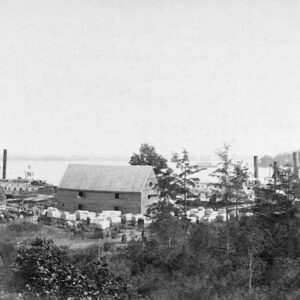
Image ID: ABFR
$5.99 -
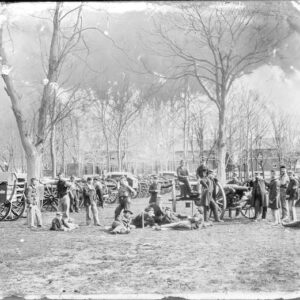
Image ID: ACLJ
$4.99 -
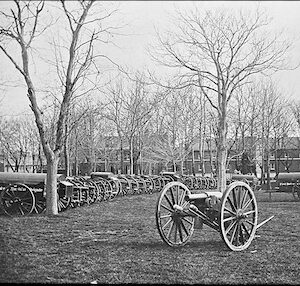
Image ID: ACVI
$1.99 -
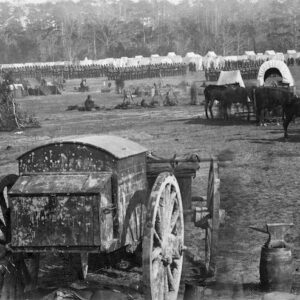
Image ID: AIAG
$4.99 -
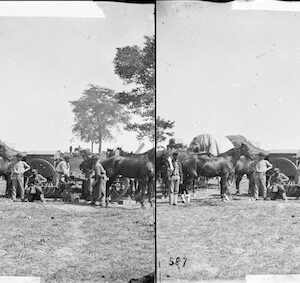
Image ID: AJRZ
$6.99 -
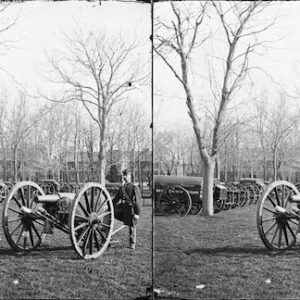
Image ID: AJZZ
$6.99 -
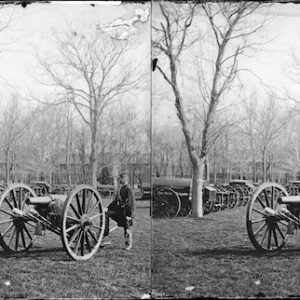
Image ID: AKAA
$6.99 -
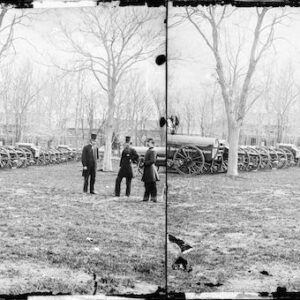
Image ID: AKAB
$6.99 -
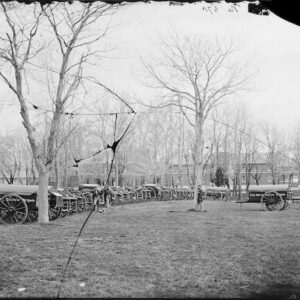
Image ID: ANAY
$5.99 – $6.99 This product has multiple variants. The options may be chosen on the product page -
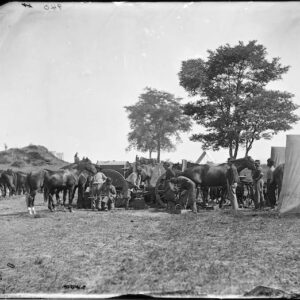
Image ID: AQMK
$6.99 -
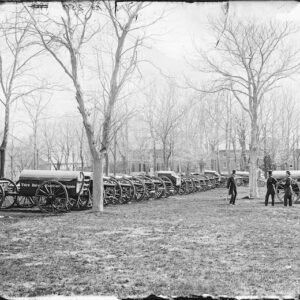
Image ID: AQSX
$6.99